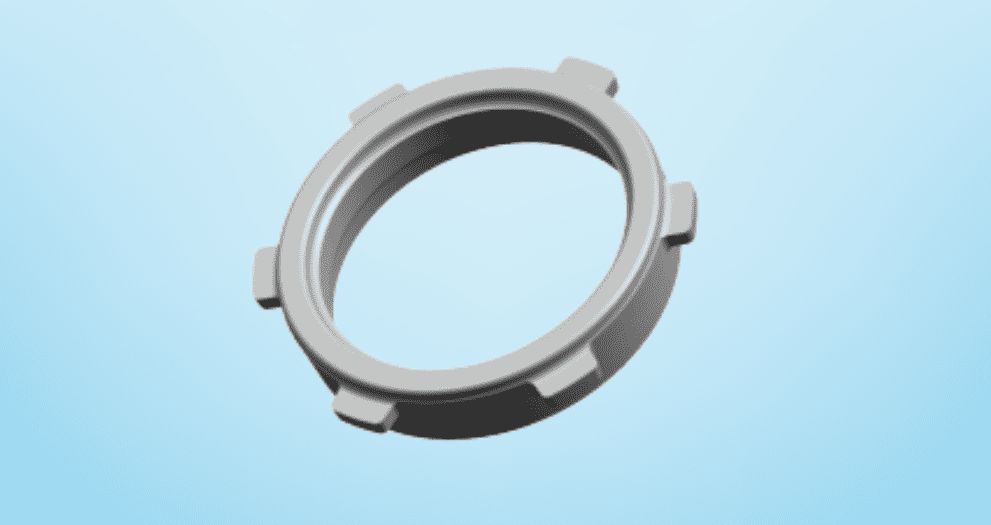Gears are essential components in a wide range of machinery and equipment, serving as a means to transmit power and motion between different parts of a machine. They have been used in various forms for centuries, with the earliest recorded use dating back to ancient Greece.

Gears are typically made from metal and come in many different shapes and sizes.
The most common gears include spur gears, helical gears, bevel gears, worm gears, and rack and pinion gears, among others.
Spur gears are the most basic and straightforward type of gear. They are cylindrical with straight teeth cut along the circumference. In mechanical applications, spur gears transmit motion and power from one shaft to another through mated gears to increase or decrease a device’s speed or multiply torque. They are often used in applications that require low-speed and high-torque transmission, such as in conveyor systems.
Advantages of spur gear
- Spur gears are easy to design and install in drive mechanisms because they are straightforward components.
- They are ideal for small spaces due to their simplicity.
- Because they transmit power more effectively, these gears are suitable for driving systems.
Helical gears have teeth cut at an angle to the gear’s axis. This design allows for smoother and quieter operation compared to spur gears, making them a popular choice for high-speed applications.
Advantages of helical gears
- Due to the increased number of teeth in contact, helical gears are ideal for high-load applications and last longer.
- At all times, loads are evenly distributed across many axes, which reduces wear.
- Power and motion can be transmitted between parallel and straight-angle axes with them. They are often used in automotive transmissions and industrial gearboxes.
Bevel gears are used to transmit motion between intersecting axes. They are cone-shaped and are often used in differential systems and gearboxes to change the direction of rotational motion.
Advantages of bevel gears
- This gear can be used to change the operating angle.
- The mechanical advantage of a wheel can be altered by varying the number of teeth on each one.
- One can alter the ratio of turns between the drive and driven wheels by increasing or decreasing the number of teeth between the two. This means that the rotational drive and torque of the second wheel can be altered about the first, either by increasing speed and decreasing torque or by decreasing speed and increasing torque.
Worm gears are used to transmit power between non-intersecting axes. They are designed with a screw-like thread on one gear that meshes with a helical gear. This design allows for high gear reduction ratios in a compact design, making them ideal for use in winches and hoists. Worm gears have advantages such as Supportability, low noise characteristics, large shock load capacity, and high thermal limit
A type of linear actuator known as a rack and pinion gear set is made to convert rotational motion into linear motion. To put it another way, it converts a gear’s rotational motion into a forward or backward motion.
Advantages of rack and pinion
- It has gear transmission characteristics with high efficiency and high power. Any two shafts can receive power and motion through gear transmission. In modern machinery, it is the mechanical transmission that is used the most.
- Stable operation, a long service life, and high dependability;
- It can transmit motion between two shafts at any included angle and maintain a constant transmission ratio.
Conclusion
Gears play a critical role in many machines and mechanisms, and their design and selection are critical to the performance and efficiency of the system. The material, size, and type of gear must be carefully considered to ensure that it is suitable for the specific application and meets the necessary performance requirements.
We at Britex Engineering manufacture a variety of gears for our automotive customers.
Gears are transmission components that aid in power transfer within the vehicle. The automotive industry employs spur, helical, bevel, worm, rack-and-pinion, and other types of gear.



